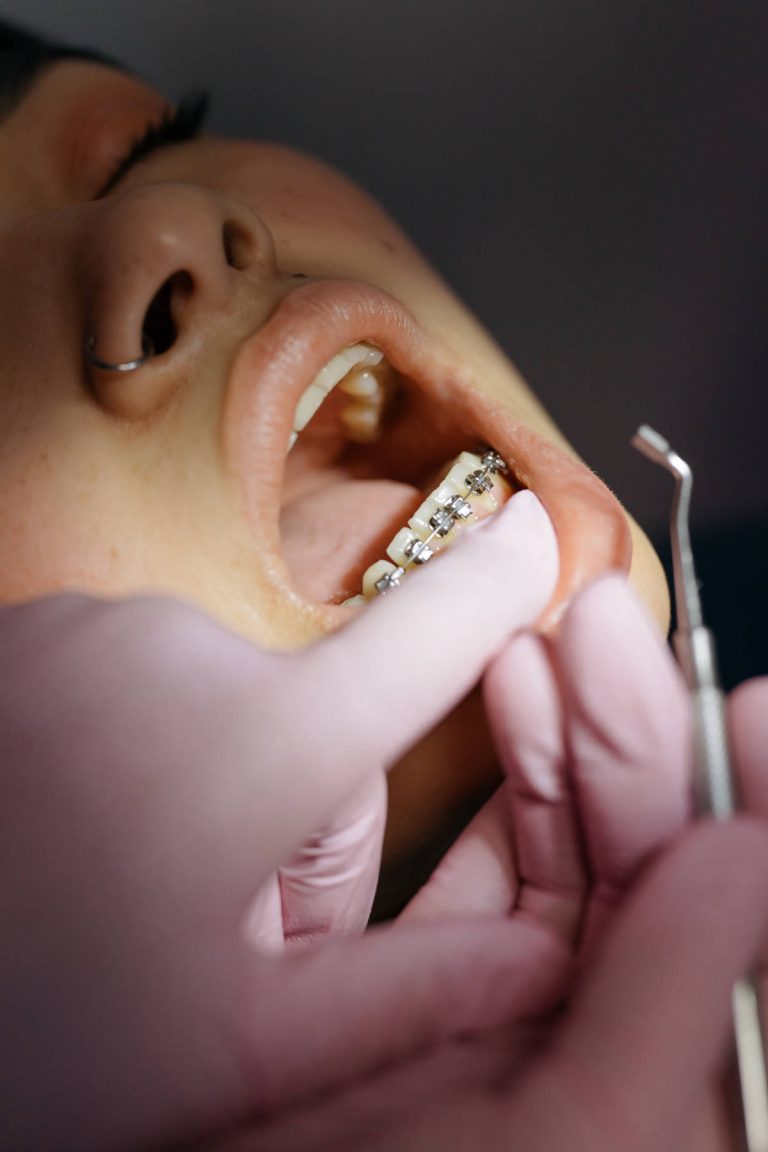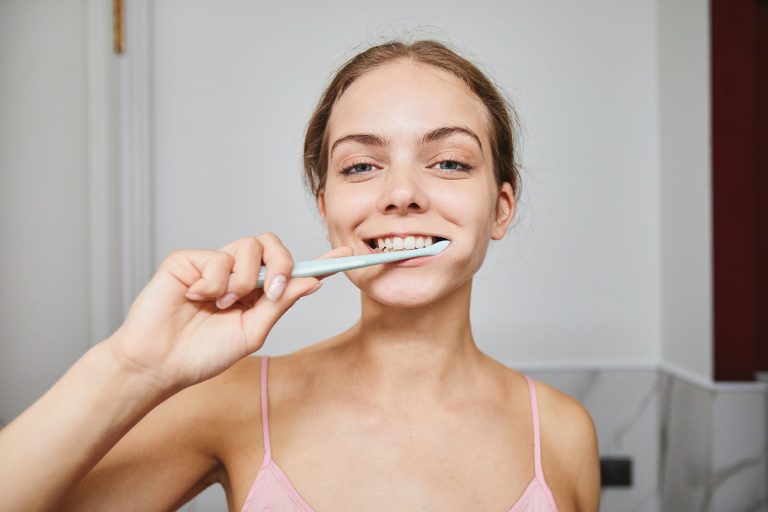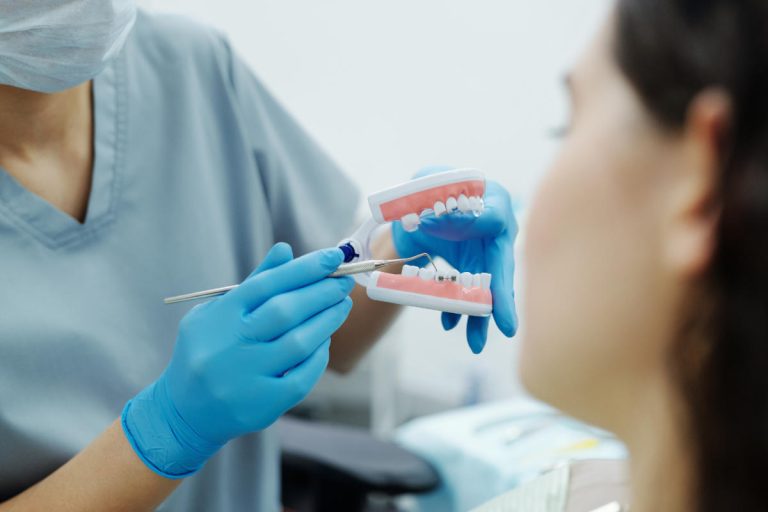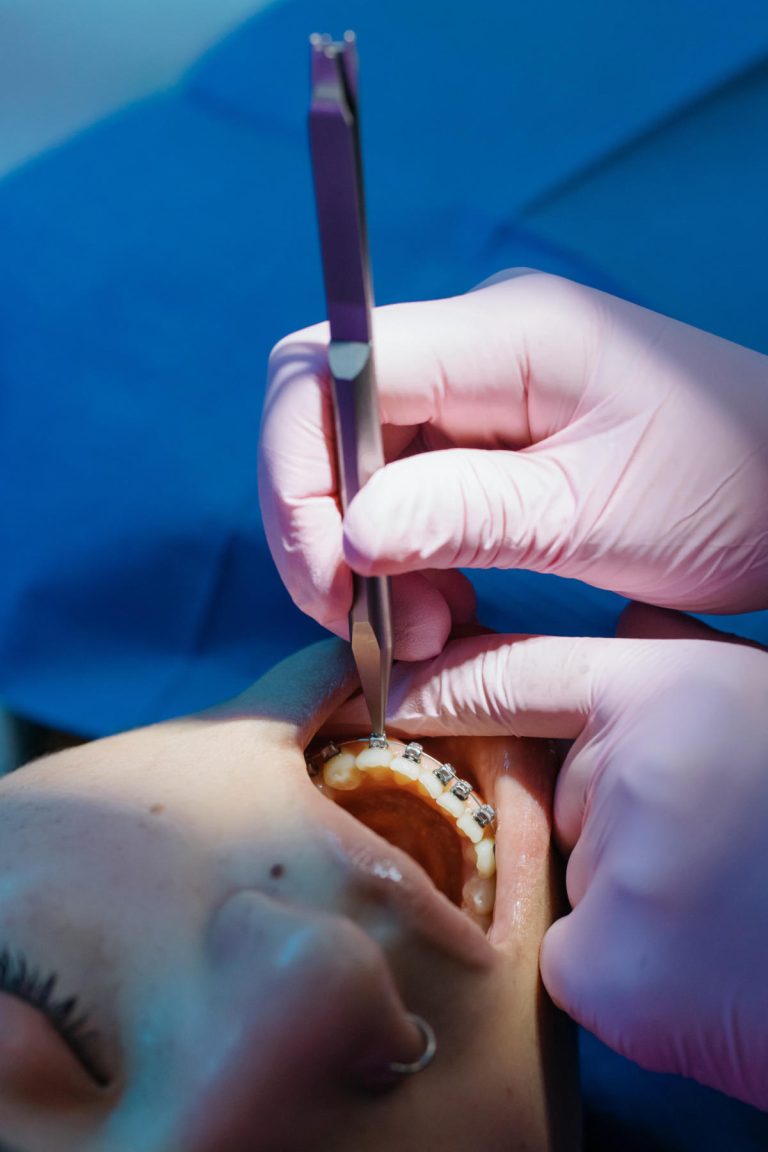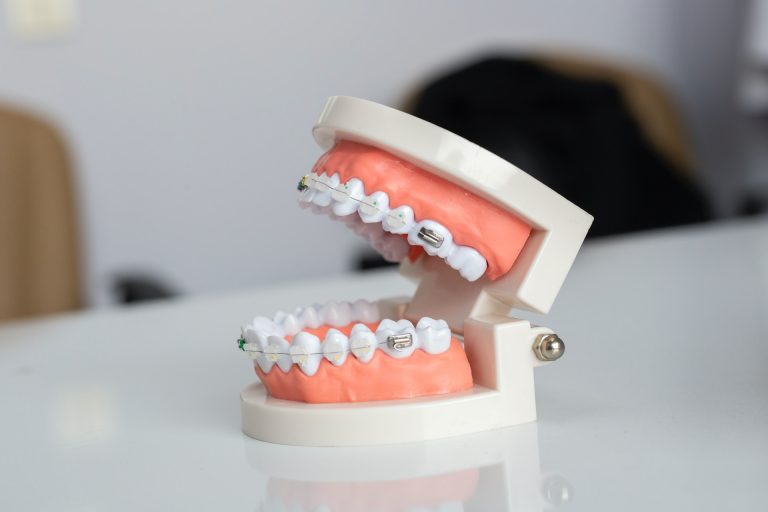Several issues might arise from this commonly ignored part of dental hygiene.
We are probably a lot better at brushing our teeth now than we were in the past. This is primarily due to improved awareness of its significance and the widespread use of electric toothbrushes, which are considered to be more effective than manual toothbrushes.
Even while brushing our teeth is something we all do on a regular basis, perhaps mostly out of habit, it is important to take a closer look at one aspect of this—specifically, how we clean in between our teeth—where most people can do much better.
While a toothbrush is essential for maintaining good oral health, it does have limitations. With a toothbrush, there are some places that could be challenging to reach. One such area is in the gaps between our teeth, while another is in the back of the back teeth. This is a problem since gum disease and tooth decay can often start there.
Gum disease
Gum disease can seriously harm our oral health, as we have previously discussed in our Devonshire Dental Care posts. Issues can include foul breath and painful, even bleeding, gums. The bacteria can penetrate the surrounding bone tissue and the tooth’s roots if they are not removed. The teeth run the actual risk of becoming unstable and, in some cases, falling out when this happens.
Tooth Decay
Tooth decay is another issue which often begins in the space between the teeth. This usually comes on by a bacterial overgrowth or food particles lodged between the teeth. A toothpick might be useful for picking up bigger pieces of food, but it is unlikely to take up smaller pieces of food. The bacteria that eat away at the tooth enamel and cause decay and illness are fed by sugars created when trapped food is broken down.
Discolouration and Stain
If you don’t properly brush between your teeth, you might see some visible staining there. Due to gravity, this is more likely to happen on the bottom row. Not only does this not look good, but it can also mean that tartar has accumulated in these places. Tartar is a buildup of bacteria and minerals that creates a rough surface over time. This surface makes it easier for stain-causing substances to stick. The hygienist at our Glasgow dental office can perform a “scale and polish” operation, which is the most effective approach to remove this.
Using Interdental Brushes
To help you get started using interdental brushes, there is some excellent advice online. Here is a summary to help you:
- Choose the right interdental brush size by consulting your dentist or dental hygienist for guidance or by experimenting with several sizes to determine which comfortably fits in the spaces between your teeth.
- Never push the brush into position with force; instead, it should do so easily and comfortably. Depending on each area of your mouth, you might need to use different-sized brushes.
- Working the brush back and forth will help you eliminate any food particles and get rid of bacteria and plaque. Brush each area gently two or three times.
- Use this simple and easy method at least once every day, ideally after brushing your teeth at the start and end of the day.
- Interdental brushes should be replaced on a regular basis, especially if they have become bent or curled during the brushing process. Dispose of any such brushes.
Importance of Interdental Brushing
When we clean our teeth with a standard toothbrush, we do it from the surfaces of the teeth that are visible to us rather than from the spaces in between the teeth. In order to properly brush our teeth and gums and lower the risk of gum disease and other related health issues, interdental brushing enables you to reach those hidden surfaces of the teeth. The National Health Service (NHS) recommends beginning this oral hygiene routine at age 12, however, some sources advise beginning even younger, as soon as a kid has two teeth that are in contact.
Thorough Interdental Cleaning
After reviewing the issues brought on by poor cleaning in this area, we need to consider solutions. You should accomplish the following three actions, which are listed below.
Brushing
Although we already know the limits of a toothbrush for cleaning in this area, it is still an essential step that shouldn’t be overlooked. The bristles will help clean both this area and the rest of the tooth, even though they might not entirely reach the gaps between the teeth. Also, you must angle the bristles so that they clean along the gum line. It may be advantageous to use toothpastes that “target” gum disease because they aid in reducing the bacteria between teeth. To ensure that the toothpaste’s active chemicals can continue to perform their job, you should always spit after brushing rather than rinsing.
Dental Floss
We must strongly recommend this. One of the main contributors to interdental issues is most likely not using floss. It is inexpensive to purchase, and once you’ve gotten the hang of it, cleaning between the teeth will only take a few minutes every day. You can either ask one of our helpful dentists or hygienists to demonstrate how to perform it correctly, or you can look for a reputable internet video tutorial. Whichever you choose, if you haven’t already, we strongly advise that you begin flossing in between your teeth.
See the dentist
Regardless of how thoroughly you brush your teeth, some hardened tartar will unavoidably be stuck to your teeth, particularly in the spaces between them. Once this is in place, it is quite tough to get rid of on your own, therefore you will need the help of the hygienist at South Side Care. They’ll do a process known as a “scale and polish.” This has three stages, is non-invasive, and in most instances doesn’t call for local anaesthesia.
- Manual cleaning: The tartar is “scraped” away with a hooked instrument.
- Sonic cleaning: A sonic tool is used to break up most of the residual tartar, making it possible to remove it by flushing it away with water.
- Professional brushing: Any remaining tartar is removed with a specialised brush.
Following this procedure, your teeth will feel and look much cleaner, and you will minimise the possibility of developing gum disease and tooth decay between your teeth.
Make an appointment to see our oral hygienist to help make sure that your oral health is as excellent as it can be and to lower the chance of any issues brought on by poor interdental cleaning.
